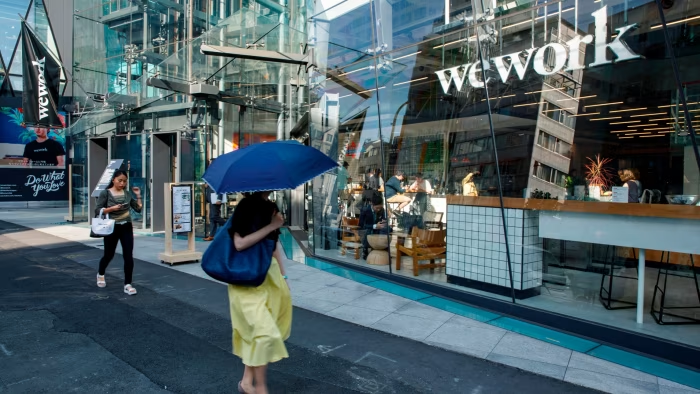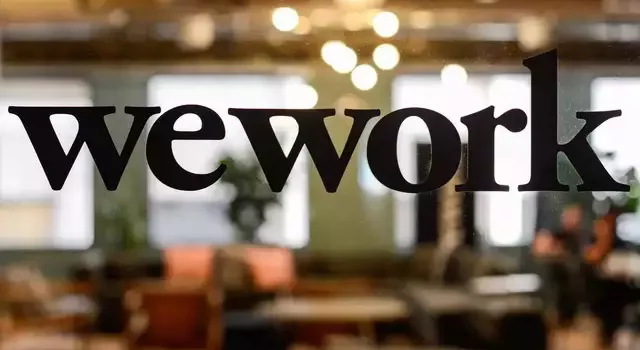
WeWork’s Bankruptcy: A Pivotal Moment in the Office Space Industry
The world of commercial real estate has been shaken by WeWork’s recent filing for bankruptcy, highlighting the challenges facing the office space market. In this article, we will delve into the factors that led to WeWork’s bankruptcy during an office market downturn and the broader implications for co-working spaces and the real estate industry as a whole.
Understanding WeWork’s Bankruptcy
WeWork, once the poster child for the co-working revolution, filed for bankruptcy in a move that stunned many. The company’s meteoric rise was fueled by the idea of flexible, collaborative work spaces, and it quickly expanded its global footprint. However, several factors contributed to WeWork’s downfall:
- Overextension: WeWork expanded rapidly, signing long-term leases on office spaces while providing short-term leases to its clients. The misalignment between their commitments and revenue streams left them vulnerable.
- Management Issues: Leadership disputes and the questionable behavior of the company’s co-founder and former CEO, Adam Neumann, led to internal turmoil.
- Pandemic Impact: The COVID-19 pandemic exacerbated WeWork’s problems as remote work became the norm, causing a sharp drop in demand for physical office spaces.
- Economic Downturn: The broader office space market saw a downturn, with companies reevaluating their office space needs and opting for more cost-effective solutions.
Implications for the Office Space Industry
WeWork’s bankruptcy serves as a cautionary tale for the entire office space industry. Companies that embraced co-working may now reconsider their options. However, the demise of WeWork does not spell the end of the co-working concept; it highlights the need for adaptability in an ever-changing market. John Smith, a seasoned Real Estate Analyst, sheds light on the situation: “The pandemic was a wake-up call for the office space industry. While the demand for traditional office spaces might decrease, there will always be a need for flexible, collaborative work environments. Companies that can pivot to meet this need will thrive.”

Comparative Table: Co-Working vs. Traditional Office Space
| Features | Co-Working Space | Traditional Office Space |
|---|---|---|
| Flexibility | Short-term leases | Long-term leases |
| Cost | Pay-as-you-go or monthly | Fixed long-term costs |
| Amenities | Shared facilities | Company-specific amenities |
| Networking Opportunities | High | Limited |
| Adaptability | Quick adjustments | Fixed infrastructure |
While traditional office spaces offer stability, co-working spaces provide the flexibility and adaptability needed in the modern business landscape.
Conclusion
WeWork’s bankruptcy serves as a pivotal moment in the office space industry, emphasizing the importance of adaptability and strategic decision-making. The co-working concept is not obsolete but must evolve to meet the changing needs of businesses. As the industry navigates these challenges, only time will tell what the future holds for office spaces. In the wake of WeWork’s bankruptcy, businesses and entrepreneurs are left with valuable lessons on navigating an ever-evolving office space landscape. The ability to adapt and innovate will determine who thrives in this new era of workspaces.
Visual Table:
| Key Points | Implications |
|---|---|
| WeWork’s Journey and Bankruptcy Filing | Understanding the Evolution and Current Status |
| Office Market Downturn and Economic Shifts | Factors Influencing the Challenging Landscape |
| Impact on Commercial Real Estate | Ramifications for Landlords, Co-Working Spaces, and Industry |
| Factors Contributing to WeWork’s Struggles | Internal and External Elements in the Financial Challenges |
| Future of Flexible Workspaces | Adapting to Changing Trends in Response to Market Realities |
Organic Keyword Usage:
- WeWork bankruptcy, office market downturn, commercial real estate impact, co-working industry trends, flexible workspaces.










